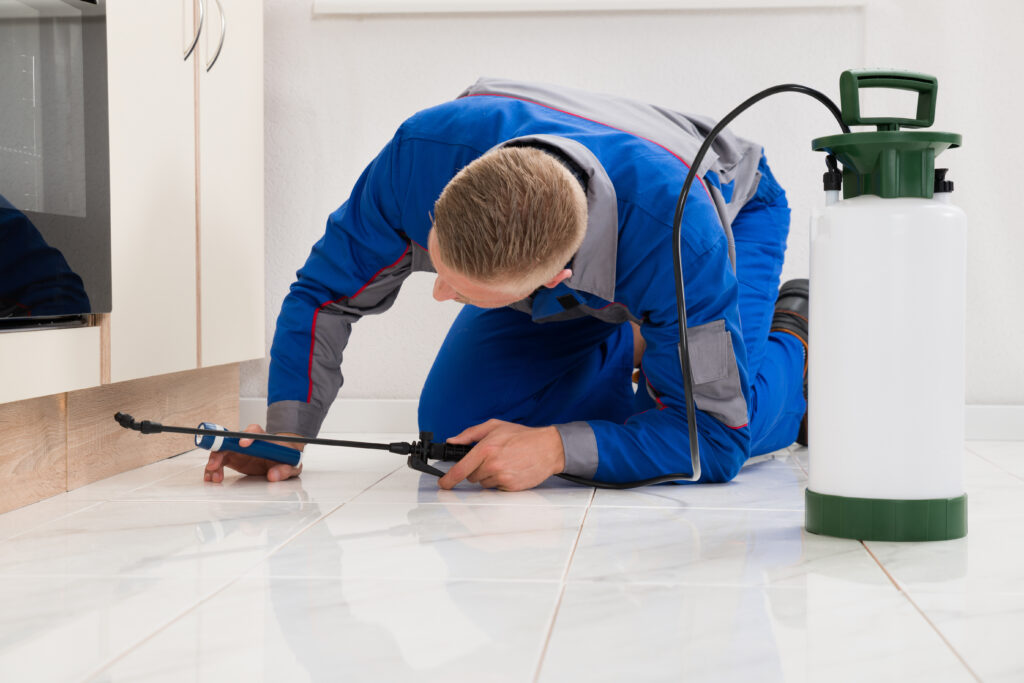Entry-Point Checks, Sealing Tips, and Why Infestations Can Quickly Spiral By Pest Control Xperts
Tampa’s dynamic atmosphere, prominent landmarks such as Busch Gardens, and the scenic Tampa Riverwalk draw both locals and tourists year-round. Yet, the same subtropical conditions and thriving neighborhoods that make the city appealing can also attract rats and mice. Whether you live near bustling downtown Tampa or in surrounding communities like Lutz, Land O’ Lakes, Brandon, Wesley Chapel, Zephyrhills, Valrico, or Riverview, understanding rodent behavior and prevention is key. Below, we detail how rodents often enter homes, practical ways to seal them out, and why ignoring a small sighting can lead to a larger infestation.
1. Why Rodents Thrive in Tampa, Lutz, Land O’ Lakes, Brandon, Wesley Chapel, Zephyrhills, Valrico, and Riverview
- Warm, Subtropical Climate
- Milder winters enable rats and mice to remain active throughout every season.
- Extended breeding cycles allow their populations to increase quickly if left unchecked.
- Diverse Residential and Commercial Zones
- As neighborhoods expand, construction sites or older structures may leave gaps or cracks.
- Additional dining and retail spots generate waste, offering an easy meal for scavenging pests.
- Proximity to Waterways and Green Spaces
- Areas around Hillsborough River, Al Lopez Park, or local lakes in Lutz and Land O’ Lakes provide moisture that rodents find appealing.
- Overgrown yards or unsealed trash bins in suburban neighborhoods can lure rodents looking for secure shelter.
2. Entry-Point Checks: How Rats and Mice Sneak Indoors
Rodents can squeeze through openings the size of a dime. Regularly inspecting your home’s exterior helps find these vulnerabilities before a minor issue becomes an infestation.
- Foundations and Exterior Walls
- Look for cracks or holes near the base of your home and around utility lines.
- Small gaps in siding or loose vents often go unnoticed but can be entry points.
- Doors and Windows
- Repair worn door sweeps or weather stripping to prevent gaps at thresholds.
- Confirm window screens fit snugly without rips or loose edges.
- Roofs, Soffits, and Attics
- Damaged shingles, warped soffits, or uncovered vents can give rodents direct access.
- Watch for droppings, gnaw marks, or shredded insulation in attic corners.
- Garages and Storage Areas
- A slight gap under a garage door is enough for mice to slip inside.
- Cluttered sheds or basements, especially with items in open cardboard boxes, create nesting possibilities.
3. Sealing Tips to Keep Rodents Out
Once you identify suspect areas, sealing them quickly can stop rats and mice from settling in.
- Use Durable Materials
- Fill smaller holes with steel wool or wire mesh, then seal with caulk or foam.
- For larger gaps, hardware cloth or metal flashing deters chewing attempts.
- Enhance Door Sweeps
- Even minimal gaps under exterior doors can be a welcome sign for rodents.
- Make sure garage door thresholds meet the ground without leaving daylight visible.
- Trim Vegetation
- Overgrown shrubs, tree limbs, or vines that touch walls or roofs serve as rodent “bridges.”
- Remove leaf piles and yard debris near foundations to reduce nesting spots.
- Secure Trash and Food Sources
- Keep garbage in tightly closed bins, storing them a short distance from main entrances if possible.
- Avoid leaving pet food outdoors overnight, luring nocturnal foragers.
4. Why Rodent Infestations Can Quickly Spiral
- Rapid Reproduction
- Rats and mice can birth multiple litters annually, swiftly turning a small sighting into a larger colony.
- Neglecting early evidence often allows populations to balloon before they’re discovered.
- Constant Chewing
- Rodents gnaw through wiring, wood, and insulation, risking structural or electrical hazards.
- Each new hole can open pathways for additional pests.
- Health Concerns
- Droppings, urine, and nesting materials may contaminate surfaces and diminish indoor air quality.
- Rodents can also bring fleas or mites, compounding infestation challenges.
- Hidden Breeding Areas
- Wall voids, attics, or crawl spaces let rats and mice breed out of sight.
- Homeowners typically notice only once colonies have grown significantly.
5. Pest Control Xperts in Tampa and Beyond
Pest Control Xperts dedicates its efforts to safeguarding homes throughout Tampa—along with Lutz, Land O’ Lakes, Brandon, Wesley Chapel, Zephyrhills, Valrico, and Riverview—against rodent intrusions. By finding overlooked entry points and recommending sealing methods, we help ensure small rodent issues don’t escalate into major infestations.
Routine Prevention Guidelines
- Monthly Exterior Checks: Inspect foundations, doors, and roof edges for new gaps or signs of chewing.
- Storage Organization: Keep storage in sealed bins rather than cardboard boxes, limiting nesting materials.
- Immediate Repairs: Fix worn screens, leaky pipes, or missing shingles as soon as you see them.
Conclusion
Tampa’s sunshine and cultural vibrancy extend to the surrounding communities of Lutz, Land O’ Lakes, Brandon, Wesley Chapel, Zephyrhills, Valrico, and Riverview—making them all ideal places to live, but also prime targets for rats and mice. Proactively identifying entry points, using resilient sealing techniques, and addressing early warning signs of rodents can prevent a small issue from spiraling out of control. With the expertise of Pest Control Xperts, homeowners can protect their properties and fully embrace Florida’s Gulf Coast lifestyle without unwelcome rodent guests.

